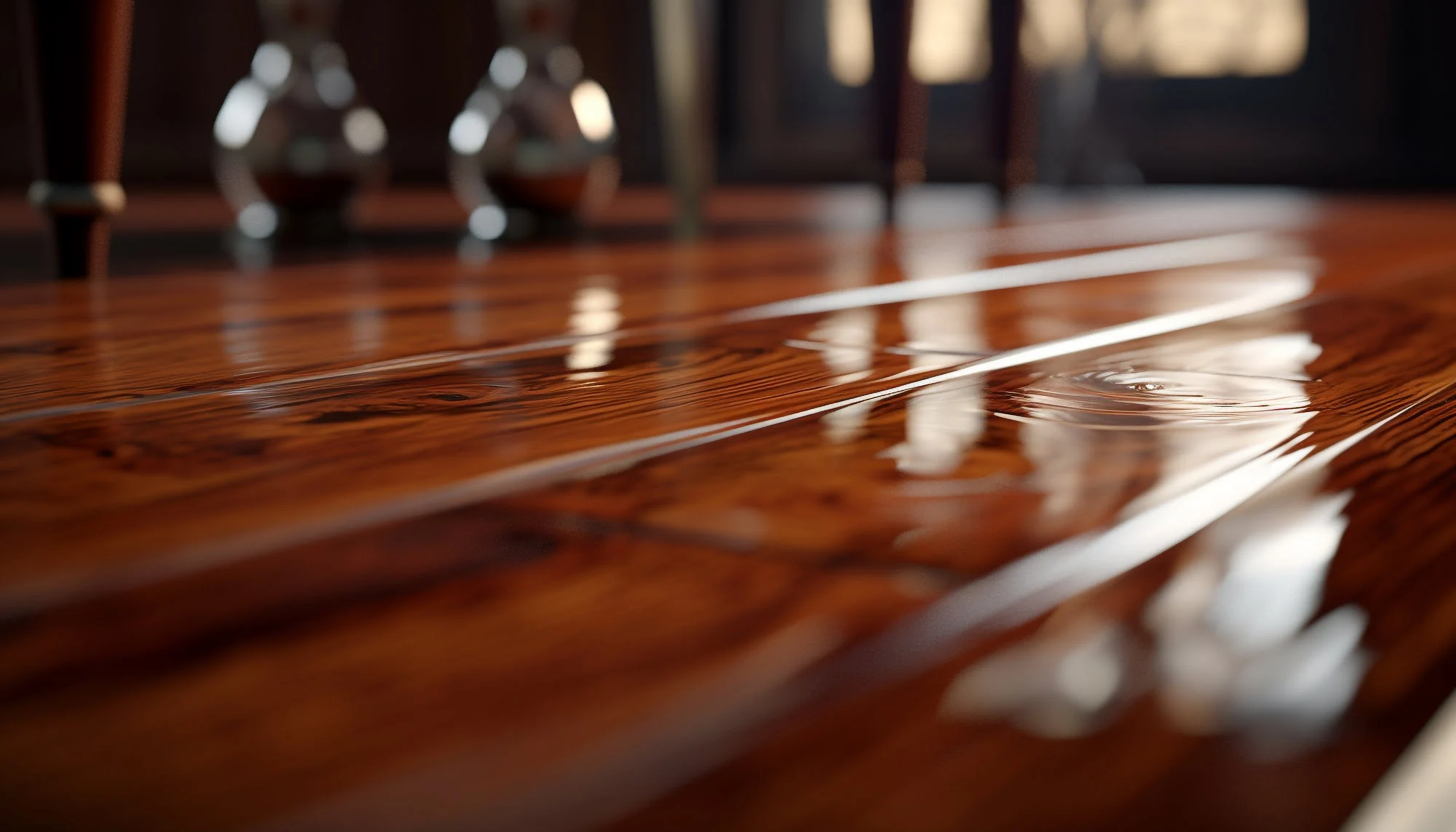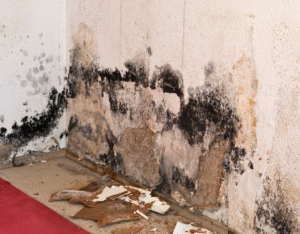Water damage on hardwood floors is a homeowner’s nightmare. It can potentially lead to costly repairs or replacements. However, quick and effective action can often save these floors and restore them to their original condition.
Here’s a step-by-step guide on how to conduct wood floor water damage repair and restoration.
Key Takeaways:
- Water damage to wood floors doesn't always mean a total loss.
- With prompt and appropriate actions, saving and restoring water-damaged wood flooring is often possible.
- If you’re unsure how to deal with wood floor water damage, it’s best to consult a water damage expert.
Table of Contents
What You’ll Need
Step 1: Assess the Damage
First, assess the extent of the water damage. Identify the source of the moisture and stop it to prevent further damage. This might involve repairing leaking pipes or addressing flood conditions. Once the source is controlled, assess whether the water has been sitting long enough to warp or stain the wood or if the damage is superficial.
Step 2: Remove Standing Water
Quickly remove any standing water using a wet vacuum. The faster you remove the water, the better the chances of minimizing the damage. After vacuuming, mop up residual moisture with towels or cloths.
Step 3: Dry the Area Thoroughly
Use fans and dehumidifiers to dry the floor as quickly as possible. Position fans to create a cross breeze across the surface, and run dehumidifiers to help extract moisture from the air and the wood. If the weather permits, open windows to increase airflow and aid in drying.
Step 4: Check for Mold and Mildew
After drying, inspect the floors and subflooring for any signs of mold or mildew. If you discover mold, clean the affected area with a solution of water and mild detergent, or consider a mixture of water and white vinegar. Wearing protective gear such as gloves and a mask is essential while handling mold.
Step 5: Sand and Refinish
Once the floor is completely dry, check for warping or cupping. If the wood has warped, it may be necessary to sand down the affected areas to level the surface. For severe warping, replacing the damaged planks might be the best option. After sanding, apply a new finish to the wood to protect it and restore its appearance. Choose a finish that matches the original as closely as possible.
Step 6: Prevent Future Water Damage
To prevent future incidents, take these proactive measures:
Step 7: Consult a Professional
If the damage is extensive or if you’re unsure how to handle any part of the restoration process, consult with a professional water damage restoration specialist. They can provide expert water extraction, floor drying, mold remediation, and floor repair services.
Get Fast and Efficient Water Damage Restoration Service
Has your home suffered water damage? Call All Hours Cleaning & Restoration for fast and efficient water damage restoration services. You can rely on our state-of-the-art equipment and years of experience to restore your home to its pristine state. Contact us today to request a free service estimate.





